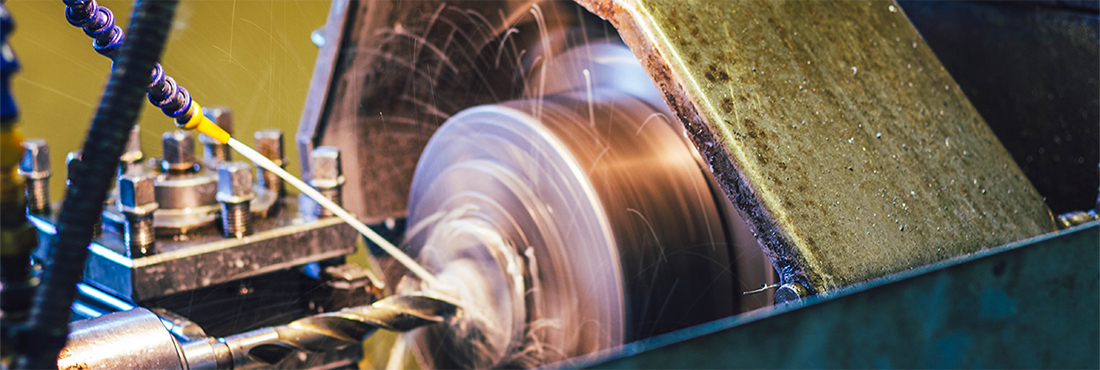A Short History of IoT Devices
Despite the current ubiquitousness of smart phones, tablets and computers, there were of course devices and machines that once would have been considered “dumb”.
They were considered as such due to the fact that they existed to carry out a particular task, and were unable to communicate to users about their state, or the state of an object it was interacting with.
For example, previously a manufacturing machine may have required frequent maintenance for breakdowns (as well as normal upkeep). These required investigation from a human being in order to determine the cause and set the machine back on course, wasting time and money.
Now however, there are internet-connected sensors and other mechanisms in the machine that are able to alert users if there are issues which could be prevented. Or if a problem does occur, can advise exactly what the fault is and where it has occurred.
IoT devices are designed specifically for this purpose – to talk to machines and gather data in order to gain valuable insights, or send alerts where required, with little-to-no human intervention.

Examples of An IoT Device
Some cross-vertical examples of IoT devices are:
- Irrigation sensors for farming
- Air quality monitoring sensors
- Security systems
- Wearable Health Trackers
- Programmable Logic Controllers (PLCs) for monitoring and control of factory applications
- Tracking devices for transport and logistics
- RFID tags, which are widely used in retail and logistics
- Lighting for homes, offices and streets
- Heating/Cooling appliances
Thanks to affordable computer chips, all kinds of objects have been converted into smart devices in the past few years (some arguably more useful than others).
Ideally, when implementing an IoT device, the goal should be to gather data that has a purpose and can be put to use. It is not data-collection for data-collection’s sake.
Whether that purpose is to make operations more cost-effective, improve systems or send alerts that can save lives, the aim is to improve quality of life for everyone.
How Can Robustel Help
You too can streamline operations and gain valuable data insights – all you need is the right solution.
Our business is Making Things Connected, through our range of modems, routers and RCMS, our cloud management platform.
The first step would be to talk to one our many knowledgeable IoT Solutions architects, who will get to understand your specific issues and path to market before recommending a solution. Our team will work with you closely to find a Robustel product and regional partner that will help suit your specific needs.
To get in touch with Robustel and arrange a discussion with one of our solutions architects contact us today – https://www.robustel.com/contact-us/
If you are already using Robustel devices you can set-up a free RCMS account by clicking here
